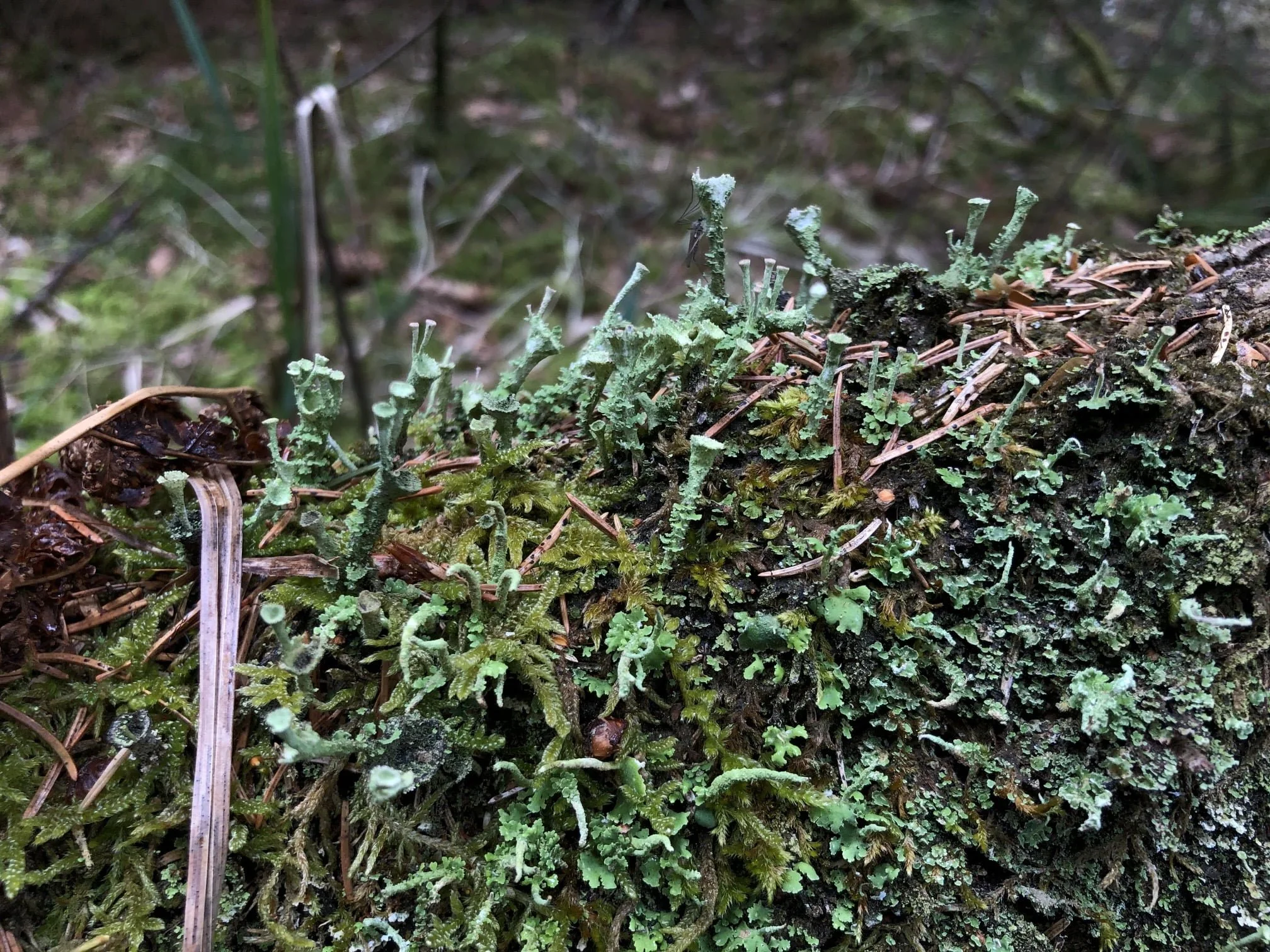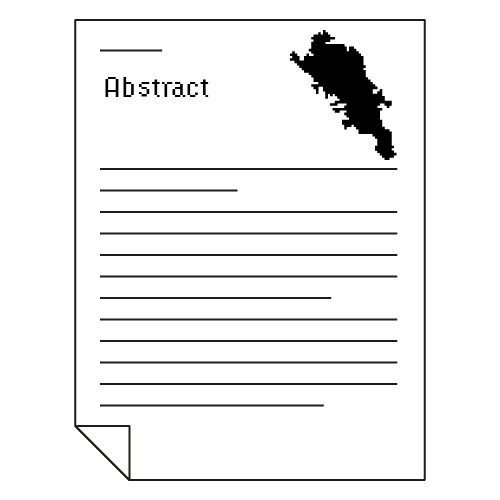
Title & Abstract
Das Ried1Ried, das:
Nasse Wiese, feuchter Grund, (Nieder-)Moor, Orte an denen ein Ried (Vegetation, z.B.: ‘Seggenried’) aufwächst. Sumpfig, nebelige Weiten; “in ein Ried geraten”
Archē2Archē is a Greek word with primary senses “beginning”, “origin” or “source of action” as well as “root of things that exist.” and Archives3The archives’ role is explored here on multiple dimensions: Starting with the material archives of the wet soil and the deep peat deposits, to the collective and informal archival practices (land modification and storytelling) and institutional knowledge repositories (research and data material) and the intersections between the cultural and organic archives in the bogland, but also very personal archives of memory and the dark fields of the subconscious, as well as the cartographic archives that have emerged in the framework of the Atlas. in a
Bog4Bog: Das Moor (Hochmoor); A watery area of soft, marshy ground. between Borders5The moor defines a border between the mineral, solid soil, and the amorphous peat soil, it opens up temporal border spaces, and is permeated by political and economical territories. The path through the moor is characterised by the constant transgression of atmospheric thresholds and physical barriers.
The Design and Research Project explores the deep history and incredible spatial versatility of the peat bog Pfrunger-Burgweiler Ried and its meaning as an organic archive of materialized past, biodiversity, cultural and natural histories, and biographic memories. The project starts with the mapping of the formative and invisible dimensions of the bogland and searches for traces of the peatlands Archē – its origin and the incipient momentum of the Bogs’ narration. What bodies, forces, temporalities, matter, and creatures once had to merge to create such a landscape? The field survey leads through vague memories of my Waldkindergarten times in the southern swampy forests and expands far into the bogs’ cold prehistory in the glacial-shaped northern Alpine Foreland, imagining its metaphorical origin in the ‘Ursee’ following its transformation into a vast bogland and finally traces its increasing exploitation and ‘Urbarmachung’, that left fractures, scars, and relics in the peat bodies and illuminate the ominous entanglements of humans and their environment along the front lines of the Anthropocene. After a closer look at the liminal phenomena, milieus, tendencies, and different temporalities, as well as biographical junctures around and within the moor, the project confronts the Ried as a diffuse and performative field, increasingly thickening and blurring in the obscurity of the fog. In order to approach these dark fields the Foray6“Foray” refers to the work of Jakob von Uexküll “A Foray into the Worlds of Animals and Humans” (Streifzüge durch die Umwelten von Tieren und Menschen: ein Bilderbuch unsichtbarer Welten) from 1934. — both physical on the wet ground and rather virtual in the realm of subconscious and memory and in the process of drawing, writing, and collecting — is here considered a key method of re-searching and narrating. Over time the term ‘Bog’ blurs into a metaphor for the body of work itself – an accumulating archive of thoughts and resources, where entries constantly get lost and have to be rediscovered again. ‘Das Ried’ is from then on not just referring to the respective site but rather thought of as a conceptual condition of accumulating, forgetting, and remembering. The Atlas is understood as field equipment to explore the real ground as well as the cartographic Archives and inner landscapes to illuminate the extent to which the subjective mapping, collecting, and re-narrating holds the possibility of creating a thought space that indeed relates to a real place but can become a landscape in its own right and questions for what was before architecture – the story of the ground.

